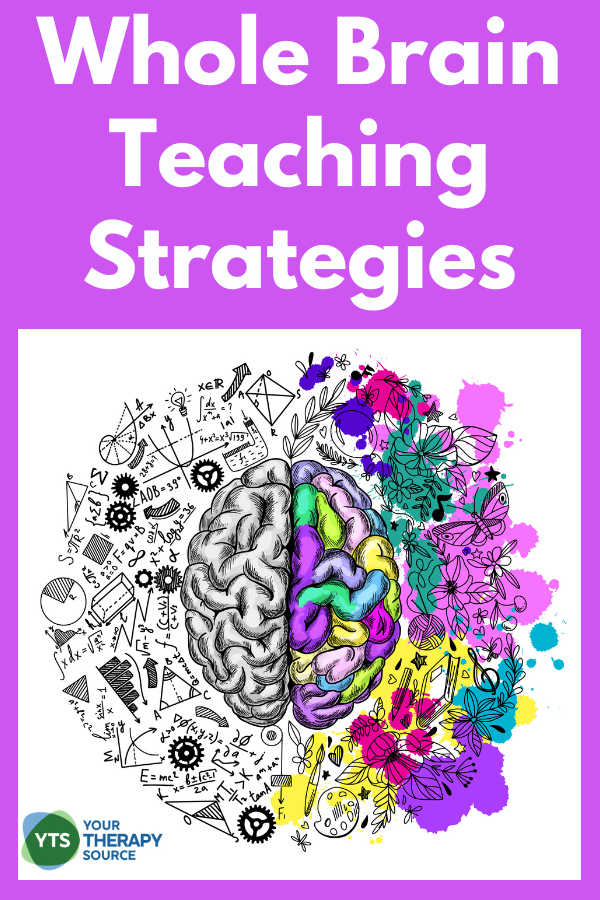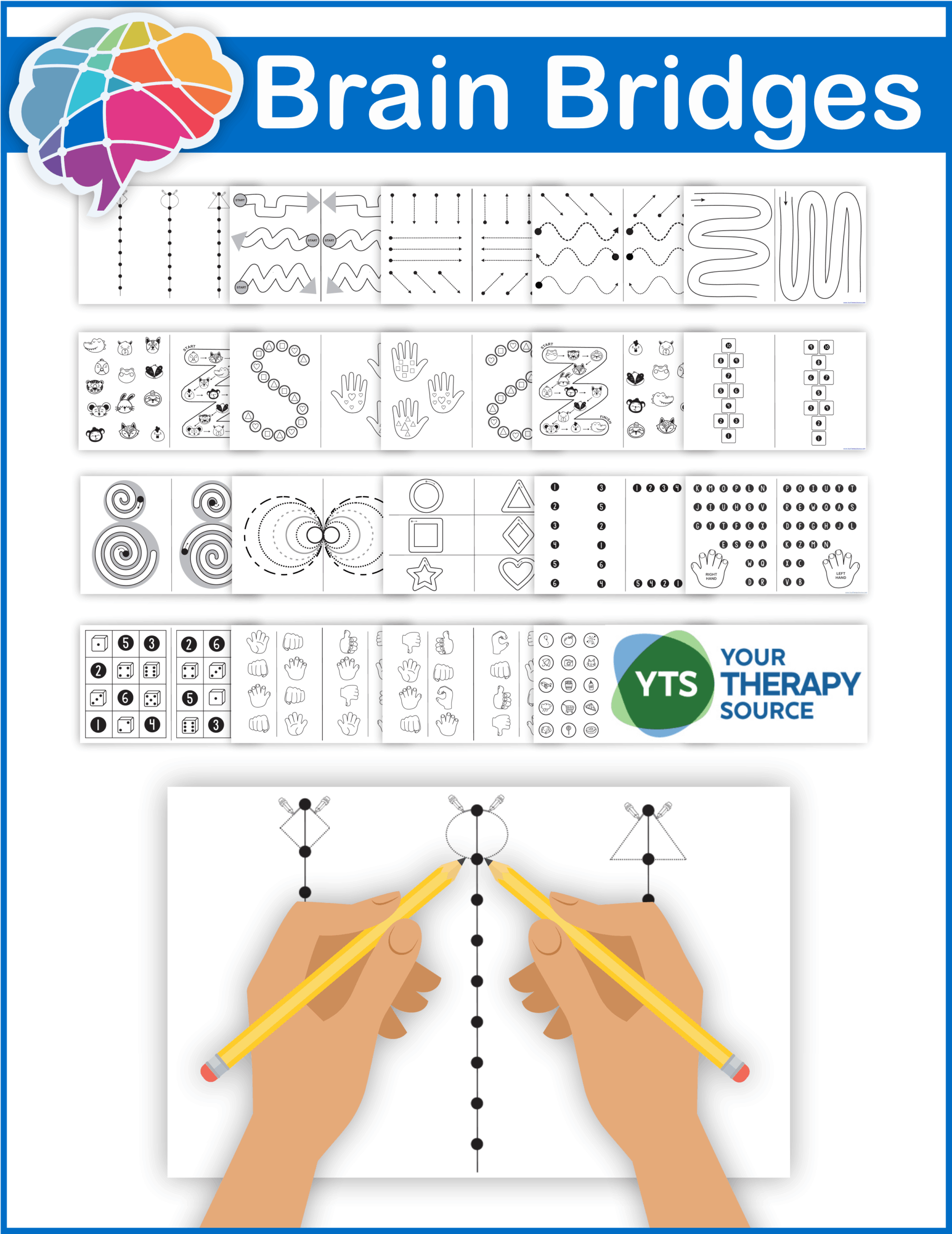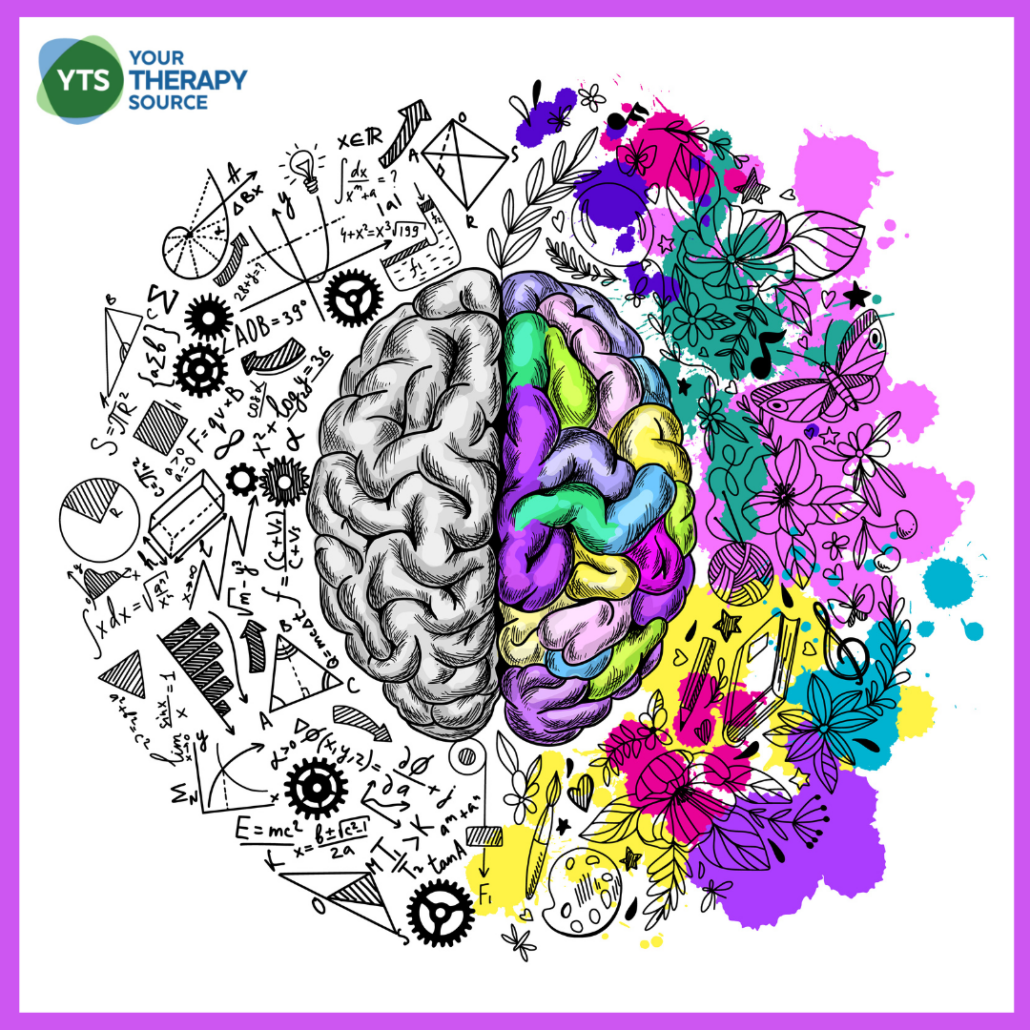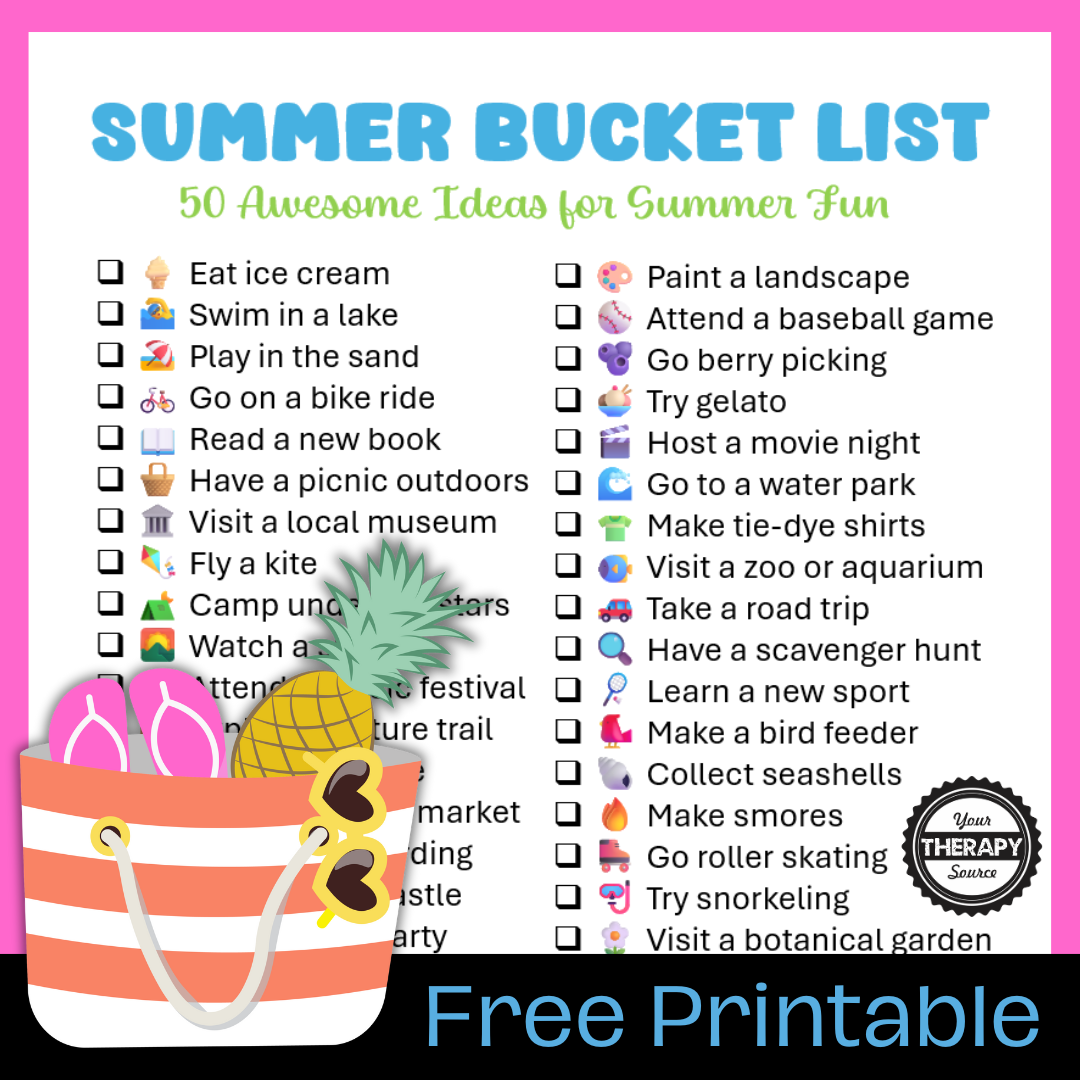Whole Brain Teaching Strategies

Whole brain teaching strategies are innovative approaches that engage different parts of the brain to enhance learning experiences in the classroom. These strategies are designed to improve student engagement, memory retention, classroom management, and overall academic performance by utilizing techniques that activate cognitive and emotional learning aspects.
Understanding Whole Brain Teaching
Understanding Whole Brain Teaching is all about using different teaching methods that help activate various parts of your brain, making learning more effective and fun. It’s like turning on all the lights in your house instead of just one, so every room is bright and you can see everything clearly.
Whole-brain teaching combines talking, listening, moving, and interacting in the classroom, so there’s something for you no matter what your favorite way to learn is. Here’s a quick breakdown:
- Attention Getters: The teacher might start by grabbing everyone’s attention with a fun phrase or action. For example, if the teacher says “Class?”, everyone responds with “Yes!” This simple interaction helps everyone focus and get ready to learn.
- Active Participation: Instead of just sitting and listening, you might be asked to talk to your classmates, act something out, or even teach a piece of the lesson to others. This helps you remember better because it is challenging students to get involved in what you’re learning. Large body movements help double as a brain break and learning new contact. It is a great active teaching method.
- Fun and Games: Games like the Scoreboard Game make learning competitive in a good way. You might earn points for your team by answering questions correctly or following the rules, which makes the classroom more exciting and encourages everyone to do their best.
- Physical Movements: Sometimes, the teacher will have you use gestures or actions to remember key ideas. It’s like creating a dance move to help you remember a math formula or a science term.
- Rules and Routines: There are specific rules that make the classroom a better place for learning. These might include how to ask for help or how to offer ideas. Knowing these rules makes everything run smoothly, so everyone can learn more effectively.
- Visuals and Sounds: Your teacher might use pictures, videos, or music to make the lessons more interesting and to appeal to different learning styles. Seeing and hearing the information in different ways can help you understand and remember it better.
By using all these methods, Whole Brain Teaching helps you use your entire brain to learn, not just part of it. This means you’re more likely to enjoy school, remember what you learn, and do well in your classes.

Brain Bridges Bilateral Coordination Worksheets DIGITAL
What are the Steps of Whole Brain Teaching?
Whole Brain Teaching (WBT) is a comprehensive instructional approach that aims to engage all parts of the student’s brain in learning. It utilizes a series of high-energy techniques designed to be interactive, practical, and engaging. Here are the basic steps involved in implementing Whole Brain Teaching:
- Classroom Setup The initial step involves organizing the classroom in a way that promotes interaction and participation. This might include arranging desks in a circle or in groups to facilitate easier communication and collaborative learning.
- Establishing Rules Whole Brain Teaching relies on a clear set of classroom rules that are actively taught to the students through fun and memorable gestures and chants. These rules are continuously reinforced and become a central part of the classroom culture.
- Attention Getter To capture and maintain the students’ attention, WBT uses specific techniques like the “Class-Yes” where the teacher says “Class!” and students respond “Yes!” This method ensures that the teacher has the attention of the entire class before starting a lesson.
- Teach-OK This core WBT strategy involves the teacher delivering a brief chunk of instruction, then saying “Teach!” followed by students saying “OK!” Students then turn to their neighbors and take turns teaching each other the content just covered. This peer teaching reinforces learning and allows the teacher to assess understanding.
- The Scoreboard The WBT Scoreboard is a motivational game where teachers track positive and negative behaviors. Points are given or taken away based on class behavior, encouraging students to self-monitor and strive for positive recognition.
- Mirror In this step, the teacher uses the command “Mirror!” indicating that students should mimic the teacher’s actions. This includes gestures that correlate with the material being taught, helping to reinforce memory through physical activity.
- Switch To maintain a dynamic learning environment, the teacher uses “Switch!” to signal students to swap roles in discussions or activities. This keeps energy levels high and engages different parts of the brain.
- Hands and Eyes This command is used when the teacher needs full attention for important instructions. Students respond by saying “Hands and Eyes!” and give the teacher their complete focus, physically demonstrating readiness by pointing their hands and eyes towards the teacher.
- Five-Step Lesson Plan The Five-Step Lesson Plan in WBT includes:
- Connect: Link the new lesson to prior knowledge.
- Teach: Introduce new material using WBT techniques.
- Engage: Use “Teach-OK” and other strategies to involve students in active learning.
- Practice: Allow students to practice new skills, often using games or cooperative structures.
- Review: Summarize the lesson and solidify learning with quick assessments or further peer teaching.
- Reflection and Feedback – Students reflect on what they’ve learned and provide feedback to each other. The teacher also assesses the effectiveness of the lesson through observation and student outputs, adapting future lessons accordingly.
By incorporating these steps, Whole Brain Teaching creates a lively and student-centered learning environment that activates various cognitive, emotional, and physical processes, leading to a more holistic educational experience.

Sensory Strategies Workbook
Multi-Sensory Learning Environments and Whole Brain Teaching Strategies
Multi-sensory learning environments, which are integral to whole brain learning, aim to engage multiple senses to enhance the learning process. This approach recognizes that students learn better when they can use more than one sense, such as sight, sound, touch, and movement. In whole brain learning, the inclusion of physical activities is particularly emphasized to stimulate the motor cortex, an area of the brain that processes movement, which in turn supports overall brain function.
Engaging Students with Physical Activities
Physical activities are not confined to physical education classes; they are a critical element in cognitive development and can be effectively integrated into academic lessons through multi-sensory learning environments. Here’s how physical movement relates to and supports whole brain learning:
- Exercise Boosts Brain Function: Regular physical activity doesn’t just build muscles; it also enhances brain health. Exercise increases the flow of blood to the brain, which brings more oxygen and nutrients that the brain needs to function effectively. This boost in blood flow enhances cognitive functions such as attention, memory, and problem-solving skills. By incorporating exercises into learning activities, teachers can help improve students’ focus and memory retention, key components of effective learning.
- Incorporate Movement: In a multi-sensory learning environment, teachers use physical activities to break the monotony of traditional teaching methods and re-energize students. Short, engaging physical activities, known as brain breaks, can be particularly effective. These activities might include stretching, yoga poses, or quick interactive games that get students moving. Not only do these breaks help students maintain concentration by giving their brains a rest from cognitive tasks, but they also help to reset their focus and improve overall engagement when the lesson resumes.
Benefits of Multi-Sensory Learning Environments
By creating a learning environment that incorporates visual aids, auditory lessons, and tactile activities, alongside physical movement, educators can engage different areas of the brain simultaneously. This comprehensive engagement helps to:
- Enhance Learning Retention: When students can associate information with an activity or a sensory experience, they are more likely to remember that information later.
- Accommodate Different Learning Styles: Multi-sensory environments are beneficial for all students, including those who might struggle with traditional learning methods. By involving various senses, teachers can cater to diverse learning preferences and needs for students of all ages.
- Increase Student Motivation and Engagement: Learning that involves multiple senses is often more interesting and enjoyable for students, which can increase their motivation to participate and learn.
- Improve Neuroplasticity: Engaging multiple senses and motor responses can stimulate neuroplasticity, which is the brain’s ability to form and reorganize synaptic connections, especially in response to learning or experience.
In summary, multi-sensory learning environments that integrate physical activities contribute significantly to whole brain learning. They not only enhance cognitive functions but also make learning an engaging, enjoyable, and inclusive experience for students. This holistic approach is key to developing well-rounded learners who are equipped with the skills necessary to navigate complex cognitive tasks.
For more on visual learning strategies, see Visual Learning Strategies.
For more ideas on physical activities in the classroom, check out Strategies to Support Gross Motor Skills in the Classroom.
Emotional Engagement and Learning
Emotional engagement is a key component of Whole Brain Teaching, which recognizes that students’ feelings play a huge role in how well they learn and remember information. Essentially, when students are emotionally engaged, their brains are more receptive to learning. Whole Brain Teaching aims to create a positive and energetic classroom environment that makes learning enjoyable and memorable.
Here’s how emotional engagement fits into Whole Brain Teaching:
- Positive Classroom Environment: Whole Brain Teaching strategies focus on creating a fun, supportive, and lively classroom atmosphere. This helps reduce feelings of boredom or anxiety, which can block learning. A positive environment makes students feel safe and excited about participating, which boosts their ability to absorb new information.
- Connecting with Students: Teachers using Whole Brain Teaching often strive to build strong relationships with their students. They pay attention to students’ moods and feelings and use that awareness to adjust their teaching methods. For example, if a class seems tired or discouraged, a teacher might use an energizing game or a humorous story to lift everyone’s spirits.
- Encouraging Positive Emotions: Strategies like the Scoreboard Game or the Super Improver Wall are designed to foster feelings of accomplishment and motivation. When students see their progress acknowledged, it can lead to positive emotions like joy and pride, which enhance their engagement and eagerness to learn.
- Empathy in Teaching: Whole Brain Teaching also involves understanding and responding to the emotional needs of students. Teachers might use empathetic responses to help manage classroom conflicts or to support a student who is struggling. Showing that they care about how students feel can help students trust their teacher and feel more connected to the class.
- Using Emotions to Enhance Memory: Emotional experiences are often more memorable than neutral ones. Whole Brain Teaching makes use of this by linking learning to emotional storytelling, expressive gestures, and engaging discussions that make lessons more memorable. For instance, teaching a history lesson through a dramatic reenactment or a heartfelt story can make the information stick because it stirs emotions.
- Active Participation: Techniques like “Teach-OK” allow students to become active participants in their own learning. Sharing what they’ve learned with peers in an animated way not only helps reinforce their knowledge but also builds a sense of accomplishment and excitement about learning.
In sum, emotional engagement in Whole Brain Teaching is about making learning a heartfelt, enjoyable, and inclusive experience. By tapping into emotions, teachers can make lessons more impactful and memorable, leading to deeper understanding and lasting retention.

Emotion Check In Packet
Formative Assessments and Feedback with Whole Brain Teaching Strategies
Formative assessments and feedback are vital components of Whole Brain Teaching (WBT) strategies, playing a crucial role in enhancing the learning process by actively involving the brain in evaluating progress and understanding. This approach aligns perfectly with the WBT philosophy, which aims to engage the entire brain—cognitive, emotional, and motor pathways—in the learning process.
Role of Formative Assessments in Whole Brain Teaching
Formative assessments in the context of WBT are not about grading students but rather about gauging their learning progress to inform instructional strategies. These assessments are integrated seamlessly into daily lessons, allowing teachers to adjust their teaching methods in real time based on student needs. Here’s how formative assessments enhance WBT:
- Immediate Feedback: Formative assessments provide immediate feedback, not just to the students but also to the teacher. This immediate loop helps the brain to make connections between what is being learned and how it applies, reinforcing understanding or identifying misconceptions that need to be addressed.
- Active Engagement: By involving students in their learning assessment, such as through quizzes, group discussions, or peer reviews, WBT encourages them to be active participants in their education. This engagement is crucial for brain activation, as it encourages deeper cognitive processing and retention.
- Encourages Self-regulation: Regular check-ins and self-assessment opportunities help students develop self-regulation skills. They learn to identify their own learning gaps and understand their strengths, which is important for building confidence and independence in learning.
- Addresses All Learning Styles: Formative assessments in WBT are designed to be dynamic and can be adapted to suit visual, auditory, kinesthetic, and tactile learners. This ensures that assessments are accessible and effective for engaging the entire class, no matter their preferred learning style.
Feedback in Whole Brain Teaching
Feedback in WBT goes beyond traditional corrective measures. It is about creating a supportive learning environment that fosters growth and improvement. Here’s how effective feedback works within WBT strategies:
- Constructive and Specific: Feedback in WBT is constructive and specific, focusing on particular aspects of student performance rather than general comments. This specificity helps students understand exactly what they need to improve and how they can achieve it, which is more beneficial for brain-based learning.
- Positive Reinforcement: WBT uses a lot of positive reinforcement to motivate and encourage students. This can include verbal praise, points on a scoreboard, or tokens on a Super Improver Wall. Positive reinforcement stimulates the reward pathways in the brain, increasing the likelihood that the reinforced behaviors will be repeated.
- Timely and Frequent: Feedback is most effective when it is given promptly and frequently. In the context of WBT, this means integrating feedback directly into learning activities so that students can immediately apply what they’ve learned and adjust their behaviors or understanding as necessary.
- Encourages Peer Interaction: Feedback isn’t just from teacher to student. WBT encourages peer-to-peer feedback, which not only helps students learn from each other but also develops their social and emotional skills. This peer interaction activates different parts of the brain associated with social understanding and empathy.
In conclusion, formative assessments and feedback are integral to the Whole Brain Teaching methodology, supporting a cycle of teaching, learning, assessing, and feedback that is responsive and dynamic. This approach ensures that teaching is a brain-based, interactive process that actively involves students in their learning journey, catering to the holistic development of each learner.
20 Whole Brain Teaching Strategies
Whole brain teaching strategies offer a dynamic and comprehensive approach to education that seeks to engage students fully, enhancing both their learning and retention. These methods incorporate various sensory inputs and interactive elements to keep lessons vibrant and engaging. From initiating attention to reinforcing content, each strategy serves to activate different areas of the brain, ensuring that every student has the best chance to absorb and process information effectively.
- Class Yes: A simple attention getter where the teacher says “Class?” and students respond “Yes!” ensuring your students’ attention is focused.
- Teach-OK: This peer teaching strategy has students repeat and explain the lesson to each other, reinforcing understanding and retention.
- Scoreboard Game: A motivational tool where students earn points for positive behavior and academic success, fostering competition and engagement.
- Super Improver Wall: Recognizes and celebrates students’ incremental improvements in academic and personal areas, promoting a growth mindset.
- Mirror Words: Involves students mimicking the teacher’s gestures and words, enhancing memory retention through physical movements.
- Switch Teaching Style: Alternating between different teaching methods to cater to various learning preferences and keeping students engaged. For additional strategies on active learning, check out Active Learning Strategies.
- One-Minute Lesson: Quick, focused lessons to introduce a new concept or review a key point, keeping the instruction dynamic and digestible.
- Big Gestures: Using dramatic, meaningful body language to emphasize important concepts, aiding in memory retention. For strategies on kinesthetic learning, explore Kinesthetic Learners.
- Multi-Sensory Approach: Integrating visual, auditory, and kinesthetic activities to stimulate different parts of the brain.
- Formative Assessment: Regular, informal assessments to track student progress and adapt teaching strategies accordingly.
- Power Teaching: A dynamic and rhythmic teaching method that uses chants and repetitive motions to reinforce learning.
- Memory Gestures: Associating specific physical gestures with learning concepts to enhance recall.
- Slow-Motion Replay: Reviewing a concept or a lesson in slow motion to emphasize and solidify learning points.
- Smart Choices Board: Allowing students to make choices about their learning tasks or behaviors to promote autonomy and engagement.
- Whole Brain Teaching Rules: Establishing a set of classroom rules that are taught using whole brain methods to ensure understanding and compliance.
- High-Energy Transitions: Using quick, energetic transitions between activities to maintain high levels of engagement.
- Motivational Methods: Employing techniques such as positive reinforcement and encouraging words to boost student motivation.
- Sentence Frames: Providing students with sentence starters to assist in forming responses, fostering language development and critical thinking.
- Gallery Walk: An interactive method where students move around the classroom to observe and discuss various displays of content, enhancing engagement and understanding.
- Interactive Storytelling: Engaging students by integrating storytelling into lessons, where they can contribute to the narrative, enhancing creativity and comprehension.
Implementing whole brain teaching strategies not only diversifies the educational experience but also maximizes student engagement, understanding, and memory retention. These techniques provide teachers with a toolkit designed to cater to the multifaceted nature of student learning, ensuring that each lesson resonates deeply and is remembered. By embracing these strategies, educators can foster a more interactive, supportive, and stimulating classroom environment, paving the way for all students to achieve their full academic potential.



